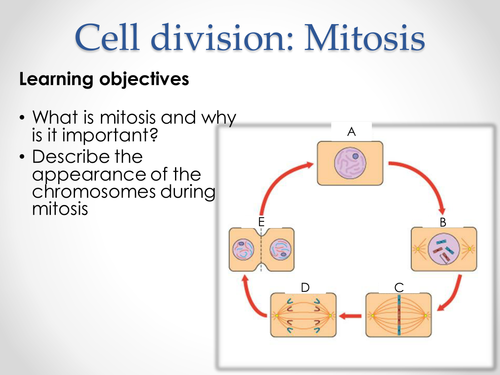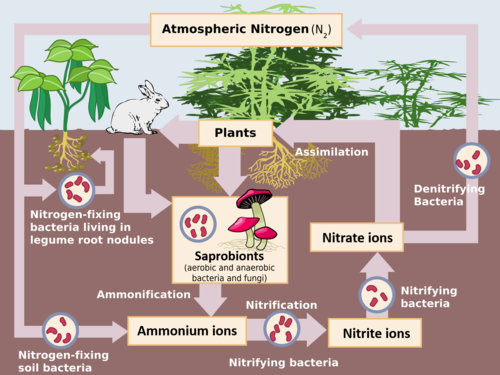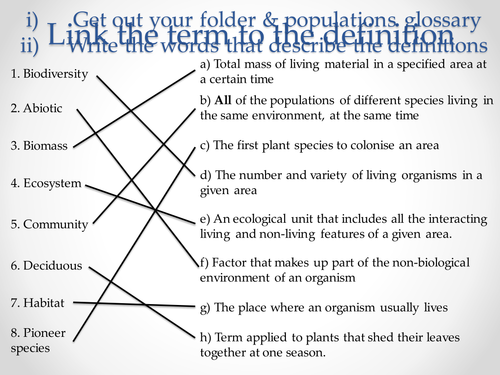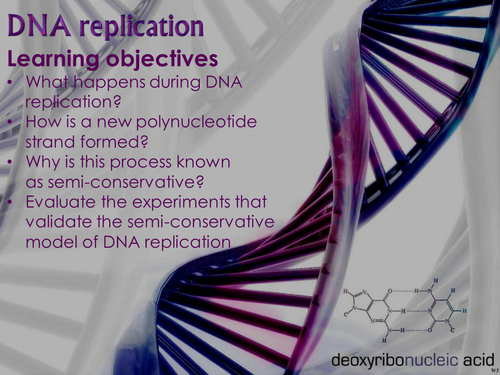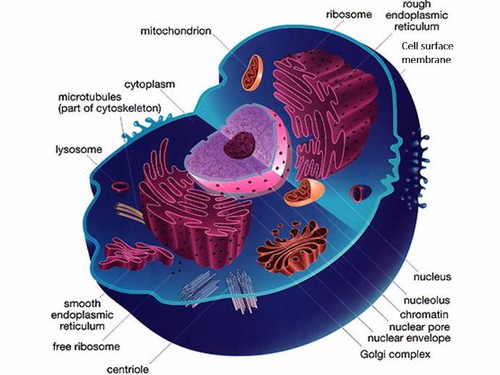Andrew's shop
I've been teaching A-level biology for years and have spent several hours developing resources to the highest possible standard. They are designed to maximise class time - spending less time on learning facts, with a focus on application and the processing of information.








